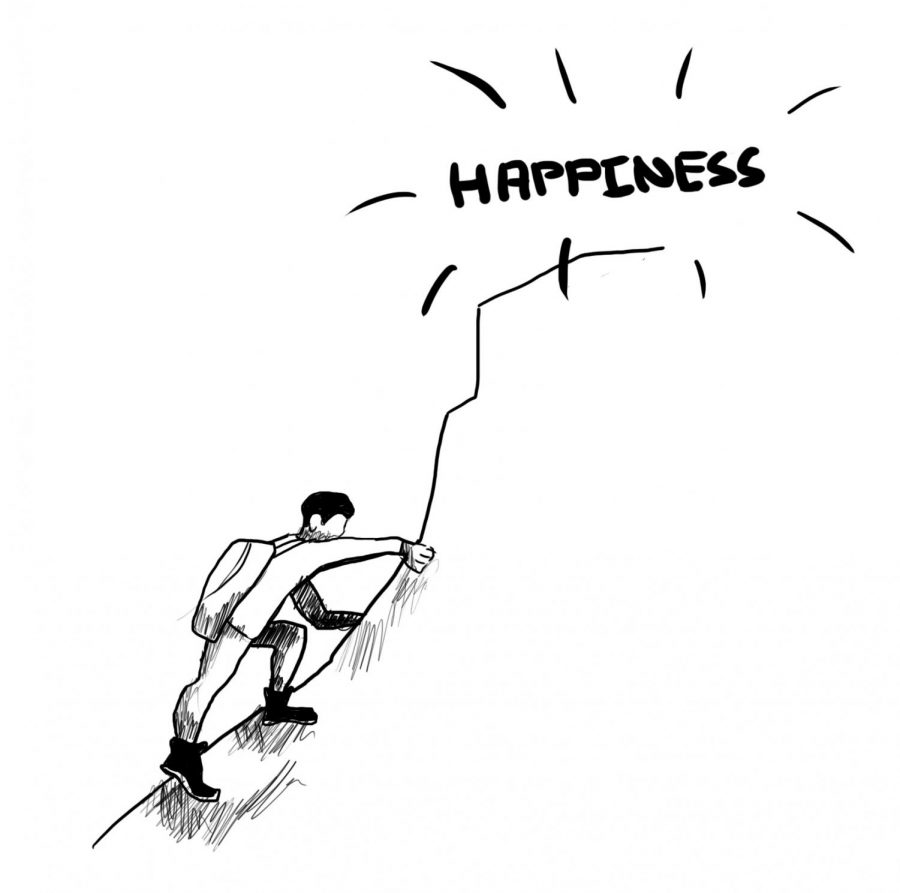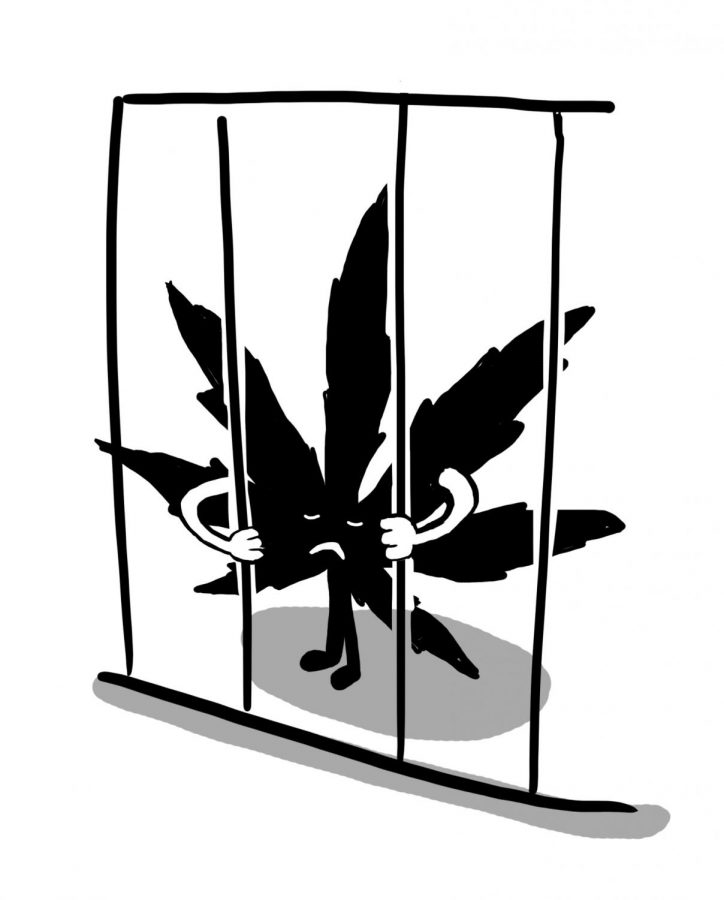In the hills of Appalachia where coal is king, mothers watch their husbands and sons disappear underground every morning, fearing that they won’t return.
On Monday, April 5, their fears came true. A huge explosion rocked Massey Energy’s Upper Big Branch Mine in Montcoal, W. Va. The blast twisted railroad tracks “like pretzels” and left 29 miners dead and two injured. The tragedy was the deadliest mining disaster in the United States since a fire at an Idaho mine in 1972 killed 91 miners.
Coal mines are extremely dangerous workplaces. Miners face a phalanx of hazards: They can be poisoned by hydrogen sulfide or carbon monoxide, crushed by roof collapses or die in explosions caused by methane or coal dust.
Fortunately, there is a simple way to prevent these accidents: Use less coal. The vast majority of U.S. coal production is used to generate electricity. We can replace coal-fired power plants with a mix of energy conservation and renewable energy sources. Doing so will reduce greenhouse gas emissions while saving miners’ lives.
Mining companies often put profit above safety, encouraging workers to cut corners to increase production. All too often, this is a recipe for disaster. In 2007, six miners and two rescuers died in roof collapses at a mine in Utah. In 2006, 12 miners were killed in a methane explosion at West Virginia’s Sago Mine; the same year, five coal miners died in Alabama.
And that’s only in the United States. Thousands more die annually around the globe. According to Time Magazine, over 2,600 Chinese coal miners perished in 2009, down from more than 6,000 in 2002.
Even after miners come above ground for good, coal can still kill. Modern mining methods produce huge quantities of coal dust. These tiny coal particles burrow deep into miners’ lungs, where they cause coal worker’s pneumoconiosis, or black lung disease. According to the National Institute of Occupational Safety and Health, over 10,000 American coal miners have died from black lung disease in the past decade alone.
Renewable energy sources are far safer than coal. Deadly roof collapses at wind turbine factories are unheard of. Solar panels don’t explode from buildups of methane gas. Energy-efficient light bulbs and improved insulation don’t cause black lung disease. And none of them would leave families wondering whether their loved ones would return safely from work each day.
Dethroning King Coal doesn’t mean destroying rural economies. The American wind industry already employs more people than the coal industry, and is growing rapidly. In 2008, the wind industry supported 85,000 jobs, while coal created only 80,000. The renewable energy industry will keep creating safe, well-paying jobs for years to come.
Coal is deadly from the mine to the smokestack. Burning coal for electricity is responsible for over 25 percent of U.S. greenhouse gas emissions and emits toxins like mercury and arsenic. Every year, thousands of miners die while unearthing coal to satisfy our thirst for energy. If we end our reliance on dirty coal, we can prevent needless underground tragedies.



